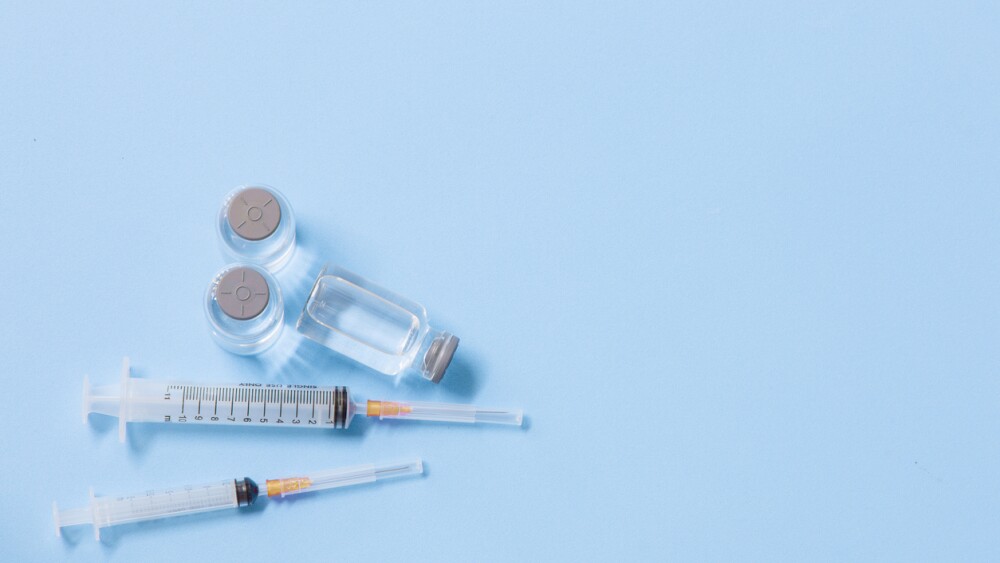January 12, 2017
By Mark Terry, BioSpace.com Breaking News Staff
This could be an important year for biotech whiz kid Vivek Ramaswamy. Ramaswamy, 31-years-old, launched Myovant in June 2016, pulled together by Hamilton, Bermuda-based Roivant Sciences and Osaka, Japan-based Takeda Pharmaceutical Company . Roivant spun out of Axovant Sciences in May 2014, which was founded by Ramaswamy, a former hedge-fund manager. He also launched Enzyvant and Dermavant. Roivant Sciences, which is his holding company, is focusing on neuroscience and dementia, endocrinology, oncology, rare diseases, and dermatology.
John Carroll, writing for Endpoints News, had an opportunity to sit down with Ramaswamy at the JP Morgan Healthcare Conference this week and shares his thoughts on the upcoming year. In the last 18 months, Ramaswamy had a record-setting IPO for Axovant, and he launched three more companies. His strategy, for the most part, is to in-license failed drugs at low prices from large pharma and attempt to bring them to the clinic. It hasn’t been proven yet if this is a viable strategy, but a lot of investors have jumped on to find out.
And it’s possible he will launch more companies this year.
“I wouldn’t be surprised to see another ‘vant’ in 2017,” Ramaswamy told Carroll. If so, it might be in the area of immuno-oncology, infectious diseases or pulmonology. Myovant focuses on women’s health and prostate cancer.
What has investors and analysts most interested is Axovant’s intepirdine for mild-to-moderate Alzheimer’s disease. Axovant acquired the drug for $5 million in cash from GlaxoSmithKline . The drug showed a favorable safety and tolerability profile, and showed immediate and sustained efficacy over placebo in a Phase IIb trial.
Carroll writes, “And later this year he [Ramaswamy] can start to either live up to his self-image as the developer of important new medicines with a radical new R&D strategy or start to feel the pain of research risk as his Alzheimer’s drug is set to read out late-stage data.”
Ramaswamy undoubtedly wants it to be successful for financial reasons, but Carroll writes, “Ramaswamy is perhaps the most accomplished financial engineer in the industry, and that’s exactly the reputation he hates the most.”
“I don’t personally take pride in our IPOs as an accomplishment,” Ramaswamy told Carroll. He’s more interested in being a biopharma visionary, writes Carroll, “looking to take an already well defined approach in-licensing Big Pharma’s castoffs and ramping it up while finding an efficient, sustainable R&D strategy that includes really incentivizing the people doing the work to succeed—rather than grimly hanging on to whatever project they have in hand.”
There’s a lot of skepticism over his approach. If a pharma company with billions of dollars in revenue and an army of researchers can’t make a drug work, how can a company with a dozen or so employees and a couple hundred million?
But it’s not unprecedented. As a 2015 Forbes profile of Ramaswamy noted, “Lipitor, the bestselling drug ever, was almost abandoned, and Imbruvica, the drug behind AbbVie ‘s $21 billion purchase of Pharmacyclics in May (2015), was bought in 2006 as part of a $7 million deal. At least a dozen successful companies have been built around the purchase of a forgotten drug.”
Time will tell, of course. And the first test for Axovant is a high-risk one. Late-stage trials are where Alzheimer’s drugs go to die, with literally dozens of failures to date. The Pharmaceutical Research and Manufacturers of America said that in 2016 there were 77 experimental compounds being developed for Alzheimer’s alone. So it’s a tough bet for Axovant. On the other hand, even a moderately successful Alzheimer’s drug would likely be a blockbuster. Analysts, for example, have projected that if Biogen ’s aducanumab for Alzheimer’s was approved, it could exceed $20 billion in annual sales.
Meanwhile, expect more deals from Ramaswamy.





